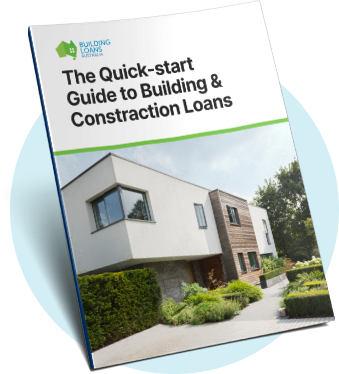“Just wanted to stop for a minute and express that how grateful we are for all the help and professionalism you have demonstrated thus far.
You have shown an utmost customer service in addition to your knowledge and experience. You have made this experience a pleasure for us and I am very happy to refer your services to others and also provide a formal reference.
Once again, many thanks.”













